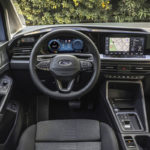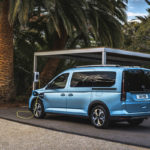
Mercedes staat gekend als een traditioneel merk, maar zo traditioneel had niemand durven denken: Mercedes vindt de 190D opnieuw uit!
Uiteraard is het niet de bedoeling deze wagen op de markt te brengen, maar is het eerder een show-off van wat Mercedes in feite allemaal kan. De basis van deze creatie is een Mercedes 190E 2.6 Sportline en werd gebouwd in 1992. Helemaal origineel was hij niet, zo leende hij bijvoorbeeld het differentieel van de C-Klasse.
Onder de motorkap: een nieuwe dieselmotor. Deze nieuwe dieselmotor is 204 pk sterk en ongeveer 2150 cc groot. De motor zal onder de motorkap komen te liggen van de Mercedes C 250 CDI BlueEFFICIENCY. Het verbruik komt neer op 5,1 liter brandstof per 100 km, 0,8 liter per 100 km minder dan voorheen.
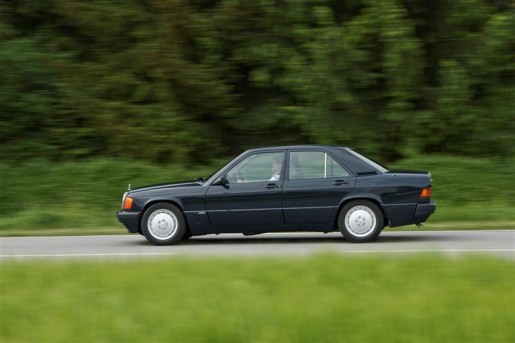
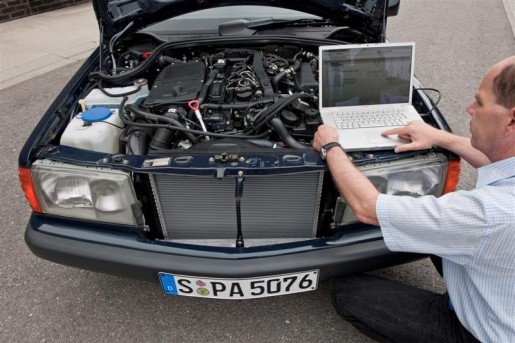
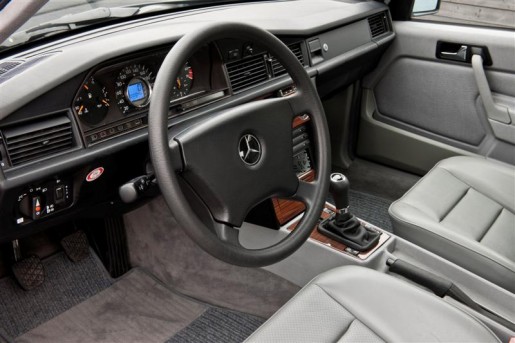
Generations in conflict
• Chosen: the base vehicle was a 190 E 2.6 Sportline built in 1992
• Borrowed: sump from the Sprinter, differential from the C-Class
• Tricked: electronics fool the engine into thinking it is in a test bench
environment“No, I can’t say it was a real bargain”, says Peter Lehmann, reflecting on his purchase of the 190 E 2.6 which provided the basis for the unusual conver-sion. “After all, the W 201 has long since gained collector status, and this example dating from 1992 was in particularly good condition.” Lehmann knows a thing or two
about the 190-series: as a Mercedes-Benz engineer responsible for the de-sign and realisation of show cars and concept cars, and as the team leader for the conversion work, he privately owns no less than three 190s, ranging from the entry-level variant with its frugal 1.8-litre engine to the potent Evo model.The small team that installed a new diesel power unit into the old 190 body within the space of a year also included two other, equally staunch fans of this model
series. And they were not alone in their enthusiasm: “Almost every time the 190 was left in our workshop overnight, there was a note attached to it next morning asking if it was for sale”, says Lehmann. But it was not, and it has meanwhile
become a priceless one-off example.Packaging: what doesn’t fit is made to fit
The 190 E 2.6 selected for the conversion work was a good choice: its six-cylinder power unit weighs around the same as the modern OM 651, main-taining the weight balance between the front and rear axles. Moreover, the braking system
of this former 160 hp model was already robust enough to keep very many more, modern diesel horsepower in check. As a Sportline version, this 190 also possessed a sporty, taut suspension setup which could be left un-changed.
The usual day-to-day occupation of the conversion team was to look well into the automotive future with concept cars. This time it was a matter of re-solving the past, however. The first challenge was that no CAD data existed for the 190. As used to be the practice, drawings of the engine compartment and engine were therefore transferred to see-through paper, then superim-posed. As everything seemed to fit reasonably well, the body dimensions were accurately measured. The resulting figures were reconciled with the engine data to identify any
potential collision points.And packaging problems there certainly were. The steering would have passed straight through the sump, for example. A solution was found by consulting colleagues in the commercial vehicle sector: the sump of the Mercedes-Benz Sprinter was a good fit. The Sprinter is incidentally a distant relative, for the van is also available with the modern OM 651 four-cylinder common-rail diesel engine.
The adaptation work did not end there, however. The transmission tunnel of the 190 had to be widened to accommodate the current six-speed transmis-sion, and
in the case of the rear axle differential the team had recourse to the re-placement parts range: the differential of the 3.2-litre W 203, i.e. the prede-cessor to the
current C-Class, proved suitable.Electronics: if it does not exist, it is simulated
“The greatest challenge during this project was not in fact the hardware, but
rather the electronics”, says Peter Lehmann. This because the 190 did not yet have a CAN-bus as a data transfer system. In the current C-Class with its state-
of-the-art OM 651 engine, more than one dozen control units are in constant
communication with each other to coordinate their respective tasks. The car will not start without the right signals, as the electronic ignition lock acts as a link
between the engine CAN-bus and the interior CAN-bus.So the team creating the 190 D BlueEFFICIENCY came up with a clever idea: they fooled the engine into thinking it was on a test bench. The appro-priate signals are sent by a box of electronics roughly the size of two shoe-boxes in the boot. This is what enabled the OM 651 to spring to life, and it performs its duties with the
usual quietness and refinement under the bonnet of the W 201.But the next problem was not long in coming: for the car to operate as it should, the electronics required ABS signals. Turning wheels cannot be du-plicated even on a virtual test bench, however, so once again the electronics specialists were called for – and now the ABS signals are likewise simulated.
“The driving experience is really unique”, Lehmann enthuses. “The modern diesel is easily able to cope with the 190. This level of muscular torque was simply unimaginable at the time, likewise the amazingly low fuel consump-tion.”
There were other things beyond the wildest dreams of the engineers devel-oping the W 201 at the end of the ’70s, for example the digital speedometer or four-channel ABS. “With its uncluttered design, the 190 appears timeless and drives very well indeed. Nonetheless the technical progress made in automobile engineering over the last three decades was our constant com-panion during the conversion work”, Lehmann concludes.
The new four-cylinder diesel engine generation
Leading the way in terms of power output,
consumption and emissions• Two-stage turbocharging for high power output and spontaneous
response
• Fourth-generation common-rail technology
• Technical innovations reduce consumption and emissionsThe basic character of the new four-cylinder diesel generation from Mer-cedes-Benz can be described in just a few superlatives: greater power, greater economy, greater cleanliness. The new power unit from the Untertürkheim plant needs to be explained at greater length to be fully ap-preciated, however. It really does charter territory from which diesel engines – and particularly four-cylinder units – have previously been excluded. It re-defines standards for power output and torque on the one hand and for fuel consumption and exhaust emissions on the other, setting benchmark figures which no other comparable series-production engine is able to match at the current time.
The technical advance which the design engineers at Mercedes-Benz have achieved with this new four-cylinder diesel is not only evident on paper, its effects can also be experienced to an intense degree behind the wheel. As far as the figures are concerned, the most powerful variant of the new diesel engine extracts 150 kW/204 hp from its displacement of 2143 cubic centi-metres. The power-to-displacement and torque-to-displacement ratios of the new engine are just as
impressive, with figures of 70 kW/95.2 hp and 233.3 Nm per litre respec-tively.Lower fuel consumption despite substantial gain in output
The engineers also took care to ensure that the new diesel engine is a paragon of fuel efficiency. Despite the substantial power boost of 25 kW, the engine makes even more frugal use of diesel than its predecessor, which was itself a most
modest consumer of fuel. This is immediately apparent from the fuel con-sumption figures for the new C 250 CDI BlueEFFICIENCY, in which the powerpack is
making its world debut. When fitted in the C-Class, the new 150-kW unit burns just 5.1 litres of diesel per 100 kilometres (NEDC), 0.8 litres less than previously. The Mercedes-Benz engineers have also succeeded in further reducing the untreated engine emissions. The new four-cylinder diesel al-ready meets the future EU5 emission standard.Innovative technologies without parallel
The exemplary figures achieved by the new engine for output and torque characteristics, economy, exhaust emissions and smoothness are the result of a whole raft of innovative technologies. The principal features of the new Mercedes diesel engine:
• Two-stage turbocharging ensures high power output and optimum torque
delivery.• Fourth-generation common-rail technology with a rail pressure that has been increased by 400 bar to 2000 bar, plus a new piezoelectric injector concept featuring direct injector needle control creates the ideal basis for more
flexible injection timing, leading to smoother engine running, lower fuel
consumption and reduced emissions.• The maximum ignition pressure of 200 bar also contributes to the high power-to-displacement ratio.
• Both the oil-spray nozzles and the water pump are activated in accor-dance with requirements to save energy and therefore fuel. The oil pump’s controllable design additionally reduces the oil flow rate – and therefore fuel
consumption.• The camshaft drive is positioned at the rear in order to enhance running
refinement and satisfy the exacting pedestrian protection requirements.• The engine block is made of cast iron, the cylinder head of aluminium.
• A two-part water jacket in the cylinder head ensures maximum cooling in
the area of the combustion chamber plate; it is this that enables an igni-tion pressure of 200 bar and such a high power-to-displacement ratio.• The cast-iron cylinder barrels have been more finely honed than in the preceding model, helping to improve consumption.
• To compensate for the second-order forces which are inherent to four-cylinder in-line engines there are two Lanchester balancer shafts at the bottom of the engine block running in low-friction roller bearings rather than conventional plain bearings.
• The two-mass flywheel has been specifically designed for high engine torque at low engine speeds in order to isolate the crankshaft’s vibration stimuli, thereby contributing to the engine’s excellent smoothness.
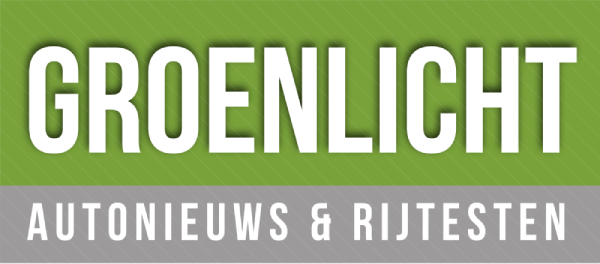
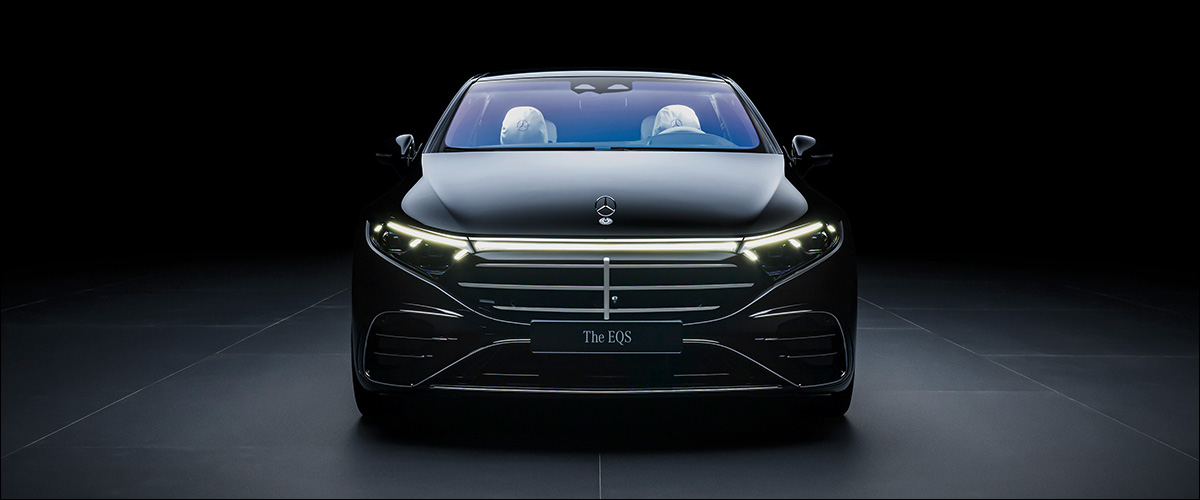 Met een facelift biedt de zuiver elektrische Mercedes EQS limousine nog meer luxe, comfort, rijbereik … en op de grille prijkt er zowaar opnieuw een fiere ster!
Terwijl de
Met een facelift biedt de zuiver elektrische Mercedes EQS limousine nog meer luxe, comfort, rijbereik … en op de grille prijkt er zowaar opnieuw een fiere ster!
Terwijl de 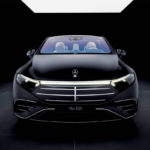
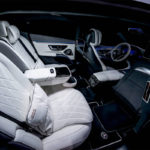
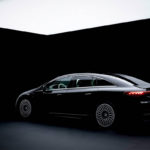
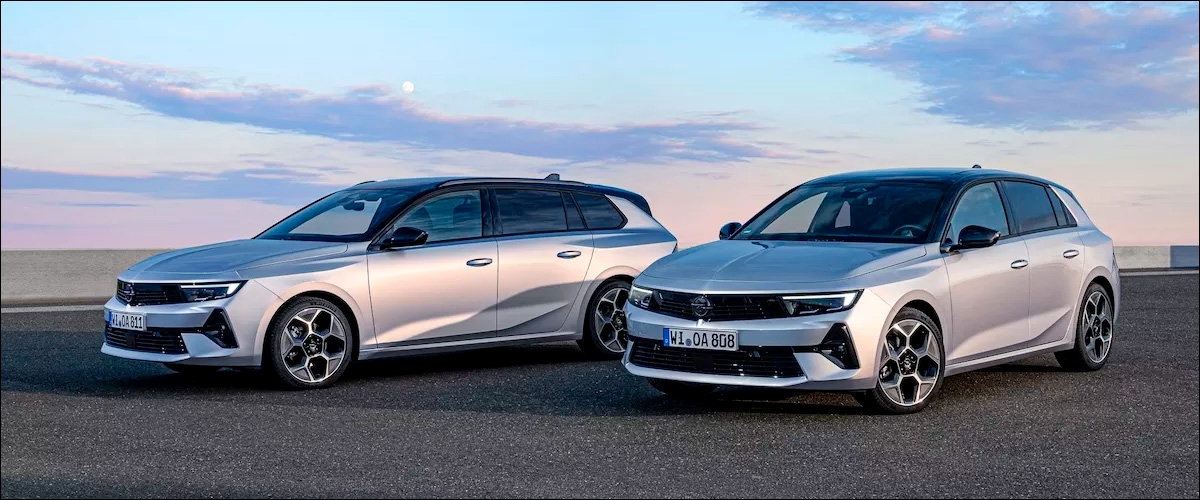 Na klassieke verbrandingsmotoren, plug-in hybride en een zuiver elektrische variant is de nieuwe Opel Astra nu ook te verkrijgen als Astra Hybrid met 48V mild hybride technologie.
De
Na klassieke verbrandingsmotoren, plug-in hybride en een zuiver elektrische variant is de nieuwe Opel Astra nu ook te verkrijgen als Astra Hybrid met 48V mild hybride technologie.
De 
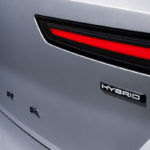
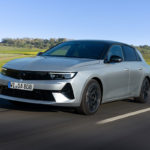
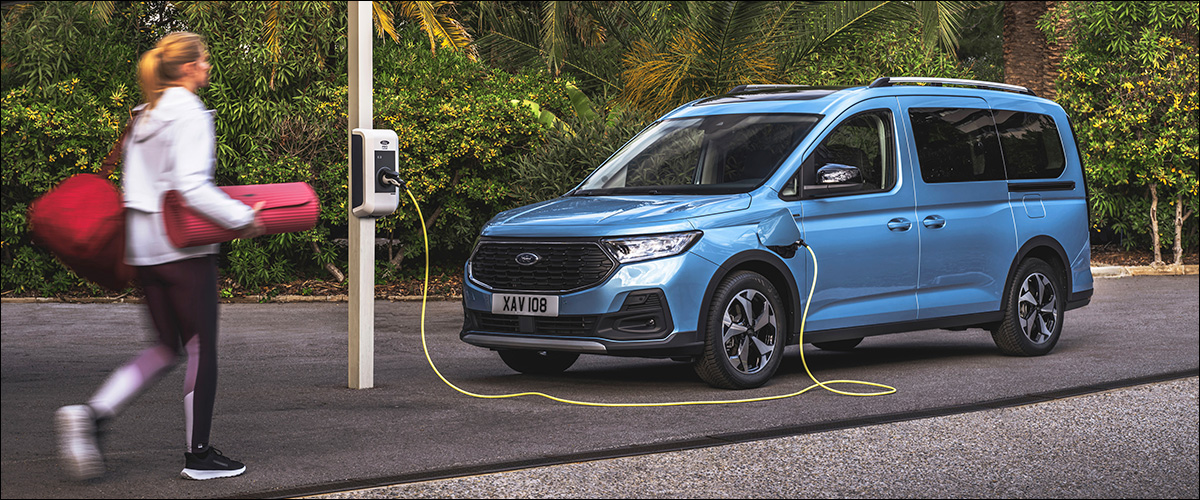 Terwijl de Tourneo Courier een zuiver elektrische variant krijgt doet de Ford Tourneo Connect het met een zuinige Plug-In Hybrid aandrijflijn.
Zo’n MPV (of ludospace) mag dan nog niet het meest sexy vervoersmiddel zijn, het is wel veelzijdig, praktisch en bijzonder functioneel. Na de
Terwijl de Tourneo Courier een zuiver elektrische variant krijgt doet de Ford Tourneo Connect het met een zuinige Plug-In Hybrid aandrijflijn.
Zo’n MPV (of ludospace) mag dan nog niet het meest sexy vervoersmiddel zijn, het is wel veelzijdig, praktisch en bijzonder functioneel. Na de 
